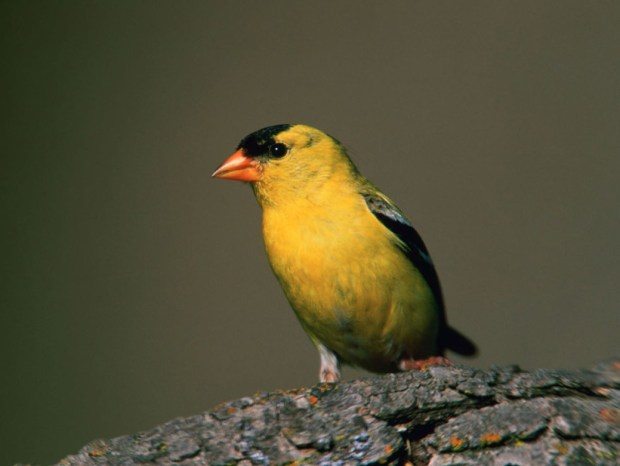Walking down a road in my neighborhood, I see gray-headed coneflowers, various goldenrods, evening primrose and prairie dock, all with blooming flowers in various hues from lemon to golden to sunshine yellow. These are all native plants that open their blooms to pollinators in late summer.
It’s the season of yellow.
Just another block away, black-eyed Susans are growing in someone’s backyard, there are more around the corner and some very similar orange coneflowers in my front and backyard. These coneflowers flow like a river in August and September around the perimeter of my yard. They are very common, I love them and urge anyone wanting to start a native plant in their garden to dig some up from a friend and set them in your yard.
Many types of coneflowers look similar. They have myriad common names, including sweet black-eyed Susan, black-eyed Susan (sometimes called brown-eyed Susan) and orange coneflower. Each has a unique Latin name, and slight differences in the color of their seed heads and petal sizes, among others.
What I once thought was black-eyed Susan in my backyard is actually orange coneflower, and it fits the description I found online. Orange coneflowers have yellow petals with a bit of an orange tinge that surrounds a brown-purple central seed head and grows well in poorly drained clay soil. The Latin is Rudbeckia fulgida. The black-eyed or brown-eyed Susans are Rudbeckia hirta, and the sweet black-eyed Susan is Rudbeckia submentosa.
In general, I’ve given up trying to differentiate these lovely many-petaled blooms because the main thing for me is that they fill the end of summer with a sweet memory that keeps my mood brightened even as the days start to shorten.
The name “Susan” is bittersweet, though. It comes from an early 18th-century ballad called “Black-eyed Susan,” which tells the story of a sailor who boards a ship and bids goodbye to his love.
Different kinds of native sunflowers also are blooming now, and include false sunflower, western sunflower and sawtooth sunflower. You can find western sunflowers in the prairies at the north unit of Illinois Beach State Park on Zion. Western sunflowers like sandy soil and have few leaves going up the stalk, compared with other sunflower species. The yellow petals are attached to yellow-orange seed heads, the color of a sunset.
Now, about those goldenrods: Many different species, all native, can be found here, though some are tied to specific habitats. The most common is the Canada goldenrod, and it’s growing literally like a weed in my yard. It can be difficult to control, but there are times when I just have to admire the tenacity of a plant with bursts of fluffy yellow rays opening in late summer and early autumn.
Other less common goldenrod species include the Ohio goldenrod, restricted to wet prairies, and the stiff goldenrod, whose leaves are like sandpaper. You can find both these goldenrod species on prairies in Illinois Beach State Park as well.
There’s also a yellow flower called sneezeweed, which is just starting to open in my front yard, though I’ve seen it in bloom in many other places nearby. The flowers are smaller and more compact than those of the Susans. Sneezeweed flowers have wedge-shaped yellow petals attached to a slightly raised yellowish center. Its common name refers to the former use of its dried leaves to make snuff, which was deemed to rid the body of evil spirits.
None of the blooms on these flowers — not the sneezeweed and not even a goldenrod — causes sneezing and hay fever. The pollen doesn’t get carried by the wind, and so it doesn’t end up in your nose. The native ragweeds, which have small, inconspicuous, bland-looking flowers, are the culprits.
Some of the seed heads of these golden flowers attract the yellowest bird on the planet this time of year, the American goldfinch. While most other bird species are done breeding by now, the goldfinch has just started to raise its young, and the male is sporting a luscious yellow color all over its body complemented by a dark black cap and wings.
I see this similar color combination in the many profuse blooms this time of year. As the colors on the blooms of these plants will eventually fade, so too will the colors of the male goldfinch as it changes into a subtle, brownish-yellow plumage for winter.
Sheryl DeVore has worked as a full-time and freelance reporter, editor and photographer for the Chicago Tribune and its subsidiaries. She’s the author of several books on nature and the environment. Send story ideas and thoughts to sheryldevorewriter@gmail.com.





